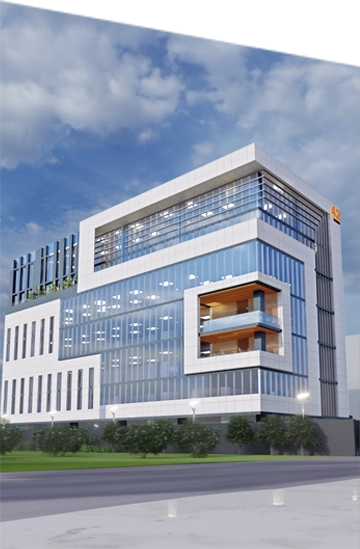Website designing is already tough enough, to begin with. Add to that the need for making a website look and feel attractive and user-friendly and you end up with a colossal task. So now the question arises how does one do that? How can a website developer inject magic in their website development process and create stellar websites?
The answer to that is simple enough. A website developer can create stunning websites by the cooperative use of CSS and animated design elements. Just like the top graphic designers in the world who use a multitude of elements to achieve their goal. A developer must also balance out CSS and animation.
But that answer leaves the question, what is the difference between CSS and animations in web design? To answer that question we look into the matter and unravel the key distinctions between the two.
Website Designing 101 – CSS vs. Animations
Both CSS and Animations play a major role in creating modern dynamic websites that get traction. With these dynamic graphic design elements, modern websites wouldn’t look nearly as good as they do. Therefore by understanding both, we enable ourselves to be better positioned to use them. In the following points we illustrate what both the elements are and how they play a key role in website designing:
What Is CSS?

CSS or Cascading Style Sheets is a style sheet language used to describe the look and feel of a markup document written in HTML. Any website has two parts to its look and feel, HTML that actually runs the website’s functions and CSS that makes everything look presentable. Hence the emphasis on style in Cascading Style Sheets. In website designing, CSS is used for everything, from color schemes, page layouts, content fonts, etc. CSS plays a crucial role in determining how a website looks and feels as an end product.
What Is Animation?

Animation in the strict sense isn’t just restricted to website creation, as there are a whole plethora of things that can be considered under the tag of animation. What we ought to look at, is a sub-niche of animation called web-animation. This sub-niche of animation isn’t all that different from other graphic website designing techniques. For starters, a lot of web-animations are based on CSS. Web-animation can be much bolder than traditional website stylizations. General formats for web-animations are GIF, SVG, WebGL, etc.
What Are The Key Differences Between The Two?
On the surface, both CSS and web-animations seem the same. This statement to some extent is true as many aspects of web-animations are dependent on CSS. But that is where the similarity ends. Both CSS and animations might work well in collaboration, but they can survive without each other. These two website designing elements have the following key differences:
- Stimulation – A CSS design element will only be activated if there is a predefined stimulus. For example, a user hovering his/her mouse over a website page. Animation, on the other hand, doesn’t require a specific stimulus to function.
- Repetition – An animation functions on a continuous loop of reparation. Generally, a web-animated element doesn’t stop after being triggered. A CSS design element won’t loop its reaction until & unless the specific predefined trigger is used again.
- Flexibility – CSS design elements are inherently more rigid in their function due to them being tied up to the website’s overall design. An animation offers more flexibility when defining the value of its website designing characters.
- JavaScript Interactions – Generally both CSS and web-animations work fine with JavaScript. But in some interaction where the values are predefined within JavaScript can lead to hiccups in the interaction process. Web-animations, on the other hand, don’t suffer from this problem.
In Conclusion
CSS and web-animations are both critical for making a modern website interactive and dynamic. Without the two, a modern website would be extremely bland just like the vast number of colors and their combinations empower the top graphic designers in their creations.
These stylization elements help web designers in their website designing. Businesses that want their websites to reflect their brand must partner with such skilled web designers to elevate their brand.




